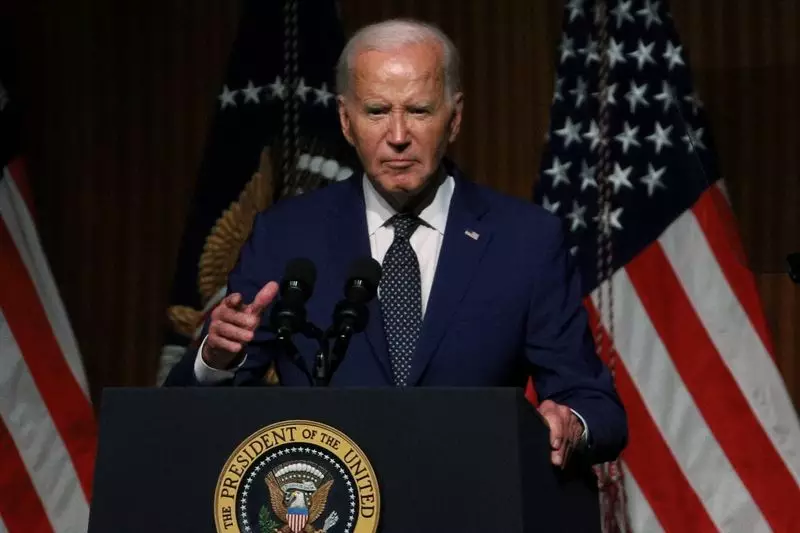In a recent legal battle, a federal appeals court extended an order blocking President Joe Biden’s administration from implementing a student debt relief plan aimed at reducing monthly payments for borrowers and expediting loan forgiveness for some. This decision came in response to a request by seven Republican-led states to halt the implementation of the plan. The court’s ruling highlighted concerns raised by these states regarding the legality and implications of the U.S. Department of Education’s debt relief initiative.
Perspective of Republican-Led States
Republican-led states, including Missouri, argued that the Biden administration had overstepped its legal authority in enacting the student debt relief plan. They contended that the plan offered more generous terms than previous income-based repayment programs, which could have far-reaching implications for borrowers and taxpayers alike. The injunction sought by these states aimed to prevent the administration from providing debt forgiveness for smaller loans in a shorter timeframe than previously stipulated.
The legal battle over the Saving on a Valuable Education (SAVE) Plan raised questions about the administration’s authority to enact sweeping changes to student loan repayment programs. The plan’s provisions, including lower monthly payments for eligible borrowers and expedited debt forgiveness for certain individuals, faced scrutiny from opponents who claimed that it could result in significant financial implications for the government and taxpayers.
The Biden administration estimated that the SAVE Plan would cost taxpayers approximately $156 billion over a 10-year period. However, Republican state attorneys general contested this figure, arguing that the actual cost could be as high as $475 billion. This disparity in cost projections underscored the contentious nature of the debt relief plan and fueled further legal challenges from opponents seeking to block its full implementation.
Prevailing Legal Challenges
The legal battles over the SAVE Plan were not limited to the federal appeals court decision. A separate federal judge in Kansas had also ruled against certain provisions of the plan, prompting further appeals from Republican-led states. The ongoing litigation surrounding the plan reflected broader disagreements over the legality and financial impact of the Biden administration’s efforts to address student loan debt at a national level.
Implications for Borrowers and Taxpayers
The decision to block the implementation of the student debt relief plan raised concerns among borrowers who stood to benefit from lower monthly payments and potential loan forgiveness. Additionally, taxpayers faced the prospect of shouldering the financial burden of the plan, with conflicting estimates of its cost adding to the complexity of the debate. The legal challenges underscored the challenges of enacting comprehensive reform in a politically and legally fraught environment.
The legal battles over the Student Debt Relief Plan highlighted the complexities and controversies surrounding efforts to address the issue of student loan debt in the United States. The differing perspectives of stakeholders, including borrowers, taxpayers, and state governments, underscored the challenges of implementing large-scale reforms in a highly contentious political climate. Ultimately, the fate of the SAVE Plan and its impact on borrowers and taxpayers remained uncertain, pending further legal proceedings and potential Supreme Court intervention.

